Previous Day - Next Day
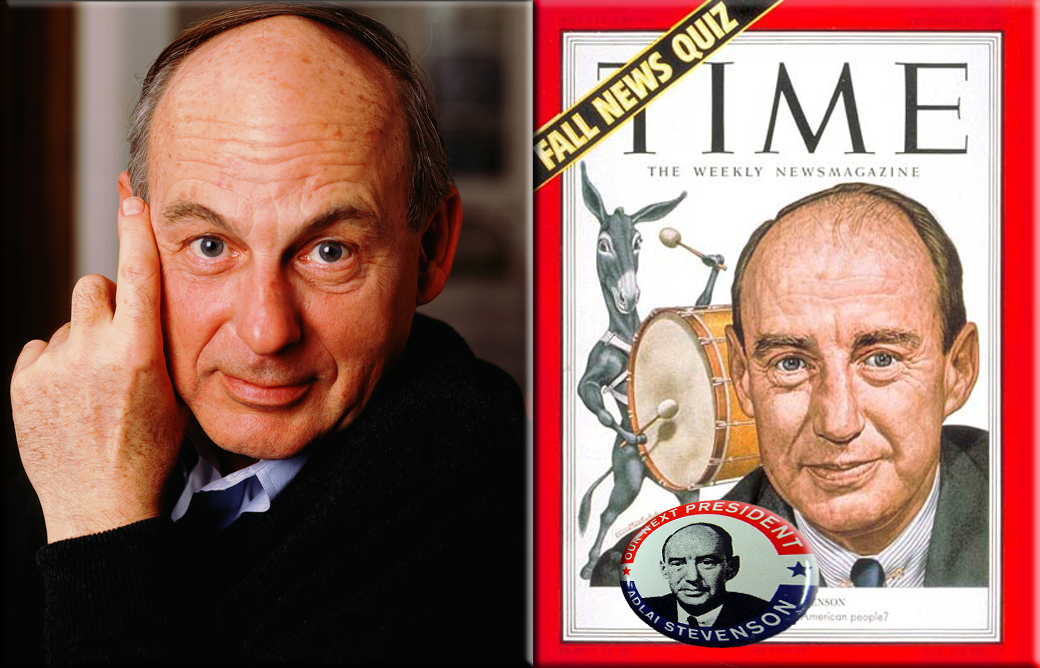
“I profoundly believe that there is on this horizon, as yet only dimly perceived, a new dawn of conscience. In that purer light, people will come to see themselves in each other, which is to say they will make themselves known to one another by their similarities rather than by their differences. Man's knowledge of things will begin to be matched by man's knowledge of self. The significance of a smaller world will be measured not in terms of military advantage, but in terms of advantage for the human community. It will be the triumph of the heartbeat over the drumbeat.”
~ Adlai Stevenson
Wikiquote (Adlai Stevenson (February 5, 1900 – July 14, 1965) was an American politician and statesman, noted for his skill in debate and oratory; Governor of Illinois, he was twice an unsuccessful candidate for President of the United States running against Dwight D. Eisenhower (in 1952 and 1956).)
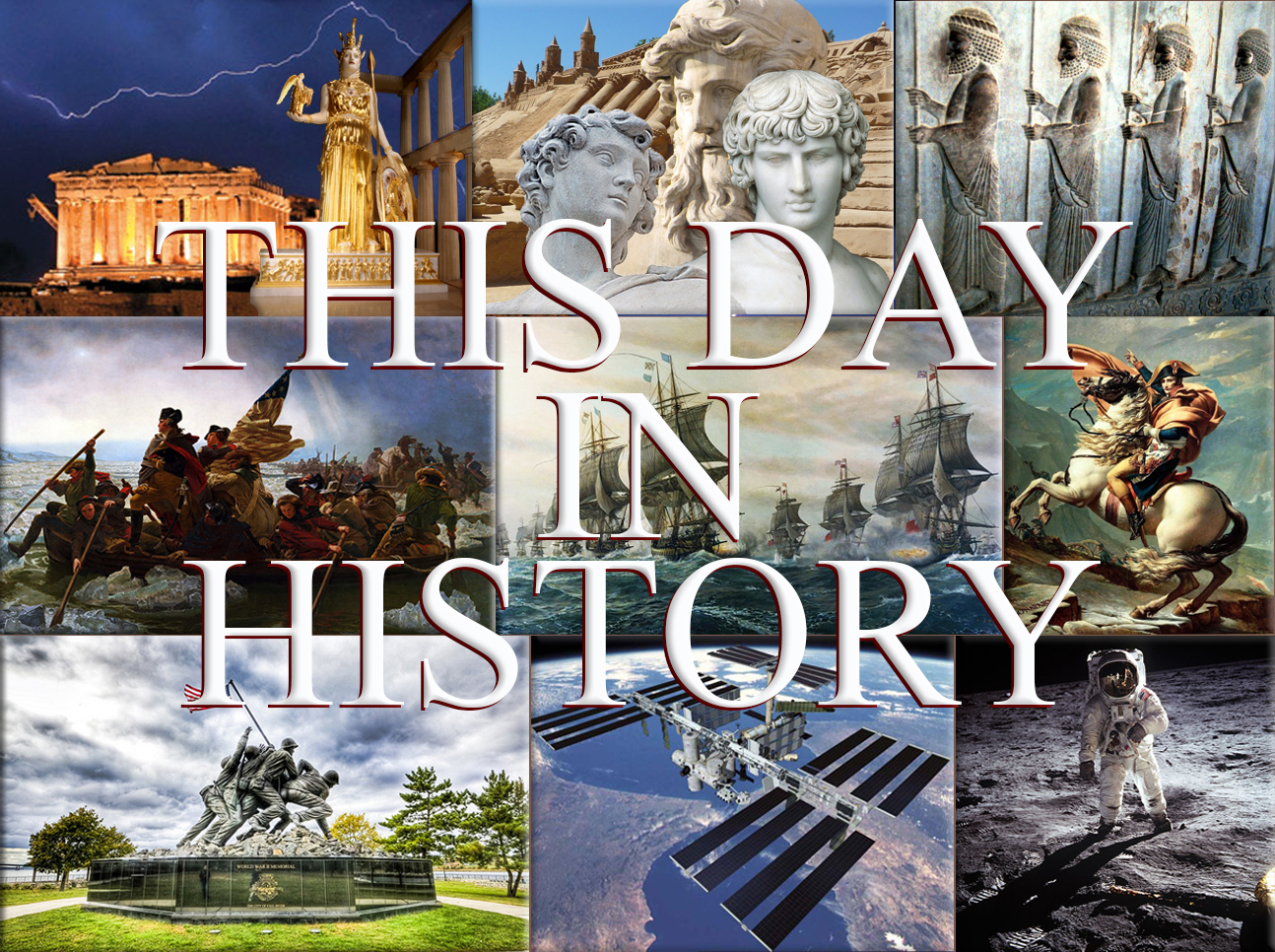
February 5th, 62

Earthquake:
62 - Pompeii earthquake; strikes Pompeii, Italy.
1783 - Calabrian earthquakes; a sequence of strong earthquakes begins in Calabria.
Wikipedia Image: Preliminary Determination of Epicenters / Aleppo Syria; Anchorage, Alaska - March 28, 1964 Prince William Sound USA earthquake and tsunami; 8.9 Mega Earthquake Strikes Japan; Tsunami Swirls Japan's Ibaraki Prefecture March 12 2011. credit NOAA / NGDC, NOAA National Geophysical Data Center, USGS, National Geographics.
February 5th, 1576

French Wars of Religion:
1576 - Henry of Navarre abjures Catholicism at Tours and rejoins the Protestant forces.
Wikipedia Painting: The French Wars of Religion; (1562–98): Period of civil infighting and military operations, primarily fought between French Catholics and Protestants (Huguenots). (The conflict involved the factional disputes between the aristocratic houses of France, such as the House of Bourbon and House of Guise (Lorraine), and both sides received assistance from foreign sources).
● Depiction of the Saint Bartholomew's Day massacre by François Dubois.
● Armed procession of the Catholic League in Paris in 1590, Musée Carnavalet.
● Catherine de' Medici One morning at the gates of the Louvre, 19th-century painting by Édouard Debat-Ponsan.
February 5th, 1597
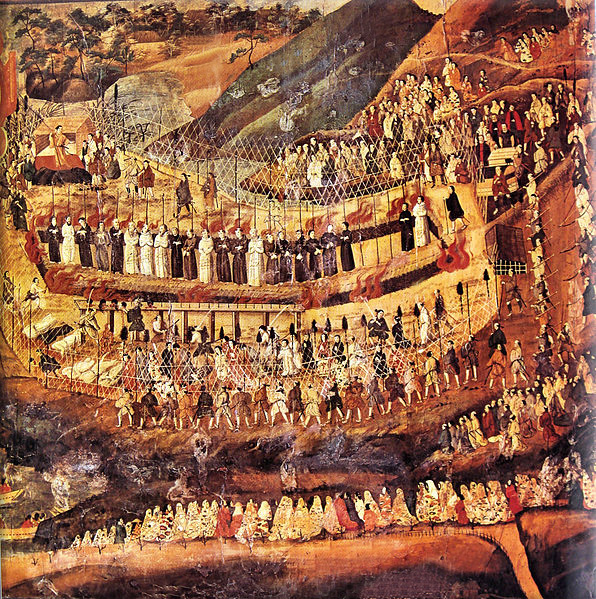
Twenty-six Martyrs of Japan: A group of early Japanese Christians are killed by the new government of Japan for being seen as a threat to Japanese society.
Wikipedia Painting: The Christian martyrs of Nagasaki. 16-17th century Japanese painting.
February 5th, 1631
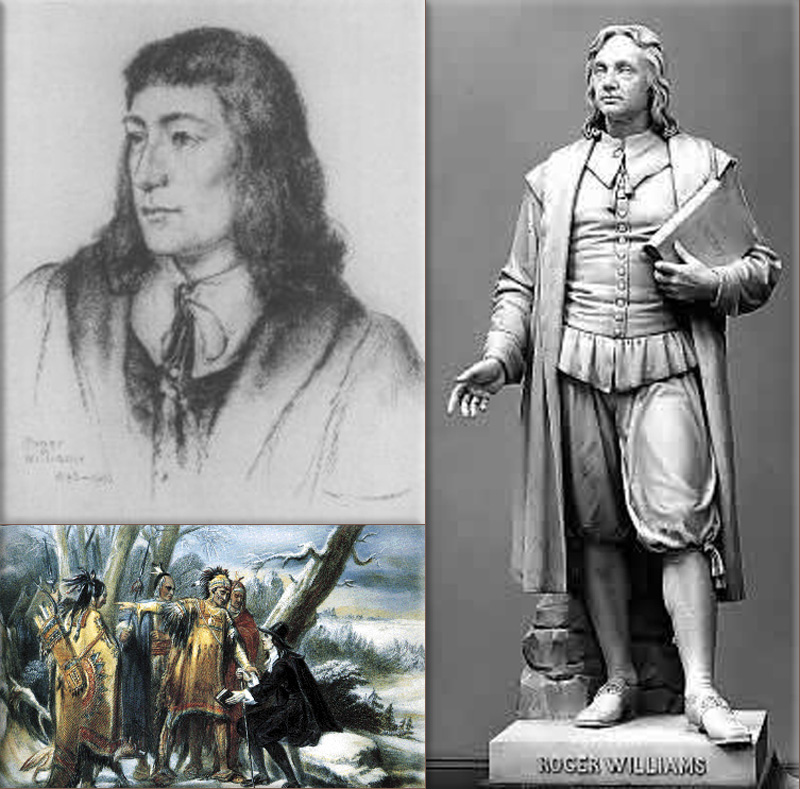
Rhode Island founder Roger Williams emigrates to Boston.
Wikipedia Image: Drypoint etching, 1936, by Arthur W. Heintzelman, commemorating the Tercentenary of the founding of Rhode Island by Roger Williams. Courtesy of Roger Williams University Archives; Roger William Statue, credit Rhode Island.gov; Narragansett Indians Receiving Roger Williams, credit Ancestry.com
February 5th, 1778
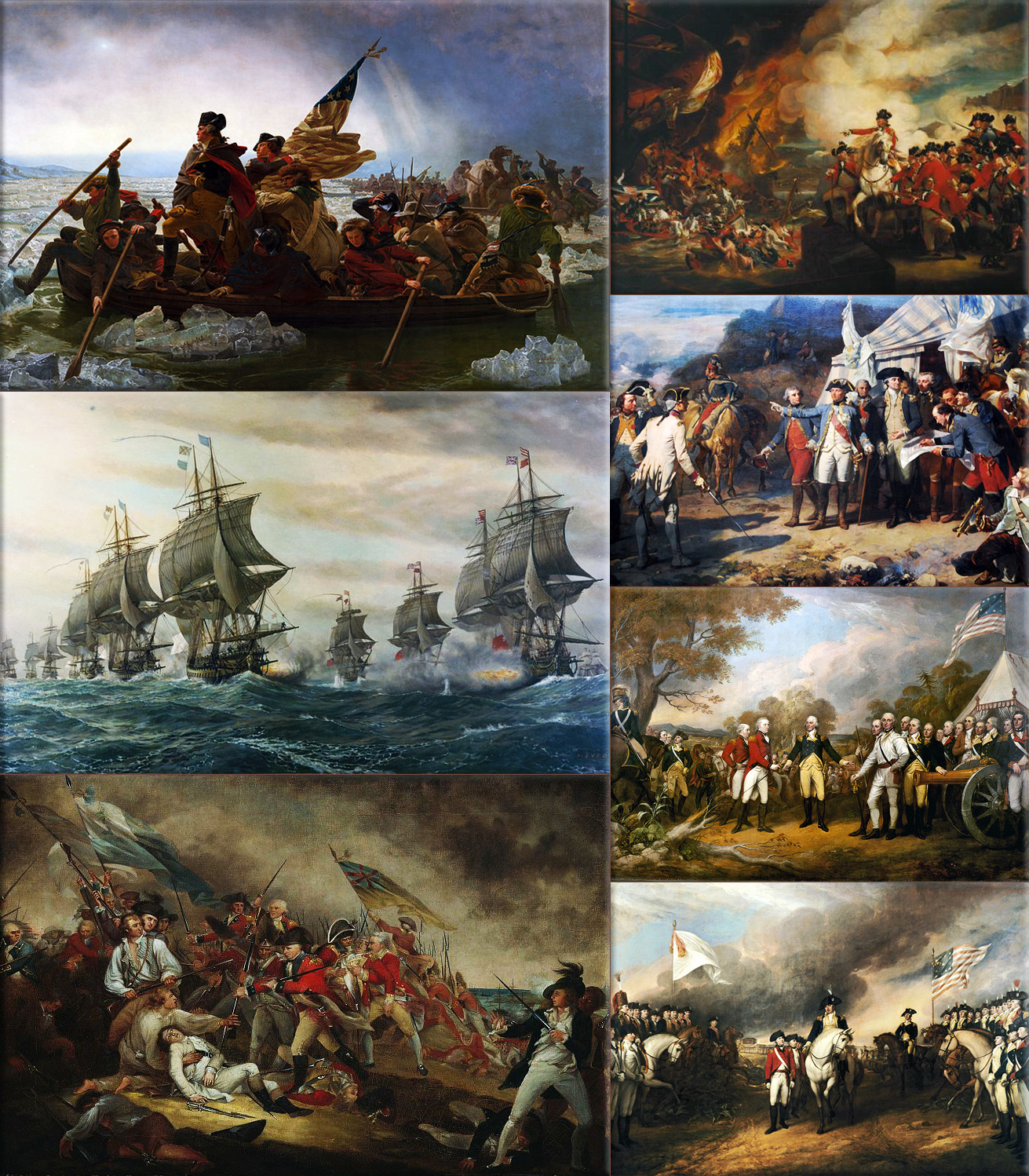
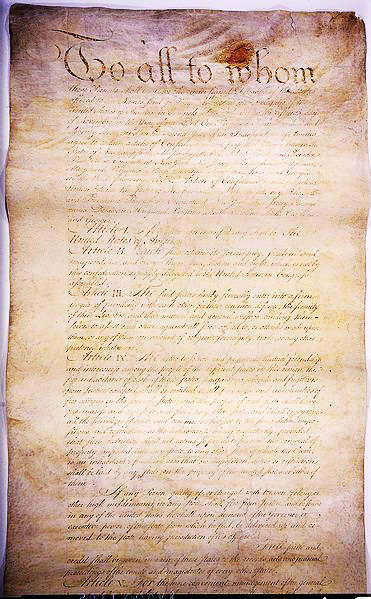
American Revolutionary War:
1778 - South Carolina becomes the second state to ratify the Articles of Confederation.
Wikipedia Paintings: Washington Crossing the Delaware, by Emanuel Leutz; Battle of the Chesapeake, French (left) and British (right) lines; Battle of Bunker Hill, The Death of General Warren at the Battle of Bunker Hill by John Trumbull; The Defeat of the Floating Batteries at Gibraltar, September 13, 1782, by John Singleton Copley; Washington and the Comte de Rochambeau at Yorktown, 1781; "The surrender at Saratoga" shows General Daniel Morgan in front of a French de Vallière 4-pounder; Surrender of Cornwallis at Yorktown by (John Trumbull, 1797).
Image: Articles of Confederation, formally the Articles of Confederation and Perpetual Union, was an agreement among the 13 founding states that established the United States of America as a confederation of sovereign states and served as its first constitution.
February 5th, 1810

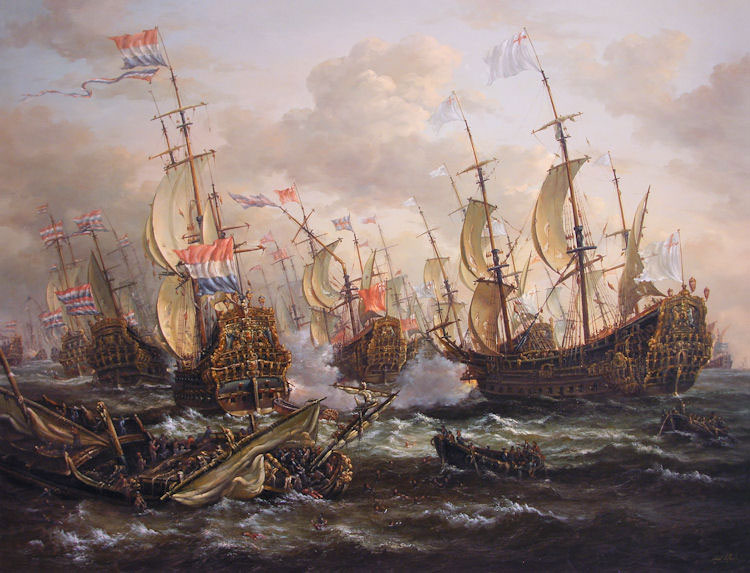
French Revolutionary Wars / Napoleonic Wars:
1810 - Peninsular War; Siege of Cádiz begins.
Wikipedia Painting: Battle of Trafalgar: The British HMS Sandwich fires to the French flagship Bucentaure (completely dismasted) in the battle of Trafalgar;
Napoleon in Berlin (Meynier). After defeating Prussian forces at Jena, the French Army entered Berlin on 27 October 1806;
Battle of the Bridge of Arcole Napoleon Bonaparte leading his troops over the bridge of Arcole, by Horace Vernet;
Napoleon as King of Italy (Appiani);
Napoleon Crossing the Alps (David). In 1800 Bonaparte took the French Army across the Alps, eventually defeating the Austrians at Marengo;
Charge of the Russian Imperial Guard cavalry against French cuirassiers at the Battle of Friedland, 14 June 1807;
Battle of Borodino as depicted by Louis Lejeune. The battle was the largest and bloodiest single-day action of the Napoleonic Wars;
Napoleon's withdrawal from Russia, a painting by Adolph Northen;
Wellington at Waterloo by Robert Alexander Hillingford;
Napoleon is often represented in his green colonel uniform of the Chasseur à Cheval, with a large bicorne and a hand-in-waistcoat gesture.
Battle of the Nile (Battle of Aboukir Bay).
February 5th, 1818

Jean-Baptiste Bernadotte ascends to the thrones of Norway and Sweden.
Wikipedia Photo: Rondane National Park (Norwegian: Rondane nasjonalpark) is the oldest national park in Norway, established on 21 December 1962; Norwegian fjords; Norwegian Praise of Winter; Polar bears, credit National Geographics.
February 5th, 1852
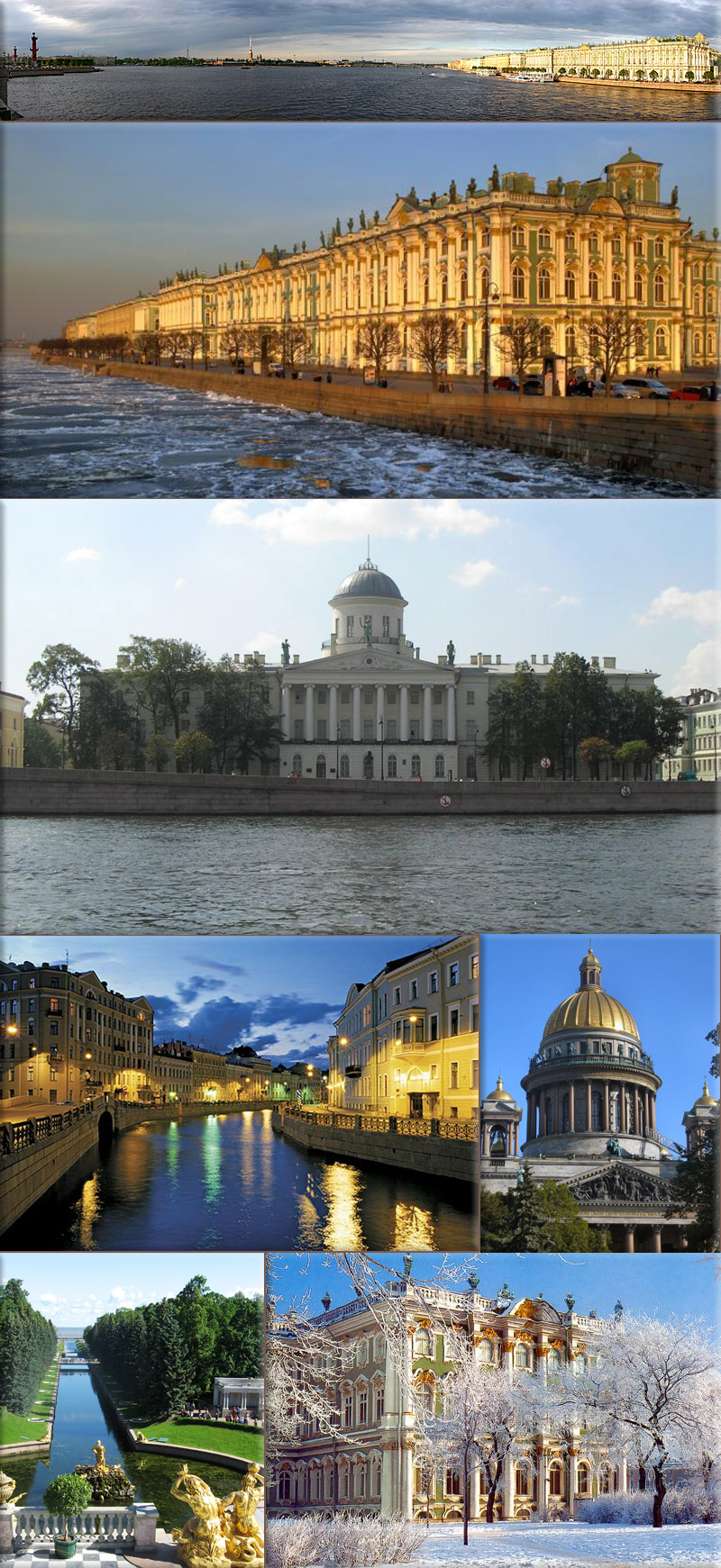
Hermitage Museum in Saint Petersburg, Russia one of the largest and oldest museums in the world, opens to the public.
Wikipedia Image: Saint Petersburg: Panorama from Palace Bridge ● Pushkin House is established in Saint Petersburg to preserve the cultural heritage (Institute of Russian Literature, as seen from across the Neva) ● Saint Petersburg, Russia. © Digital Vision / Getty Images ● Saint Isaac's Cathedral ● Winter Palace is one of the most splendid buildings in Saint Petersburg.
February 5th, 1859
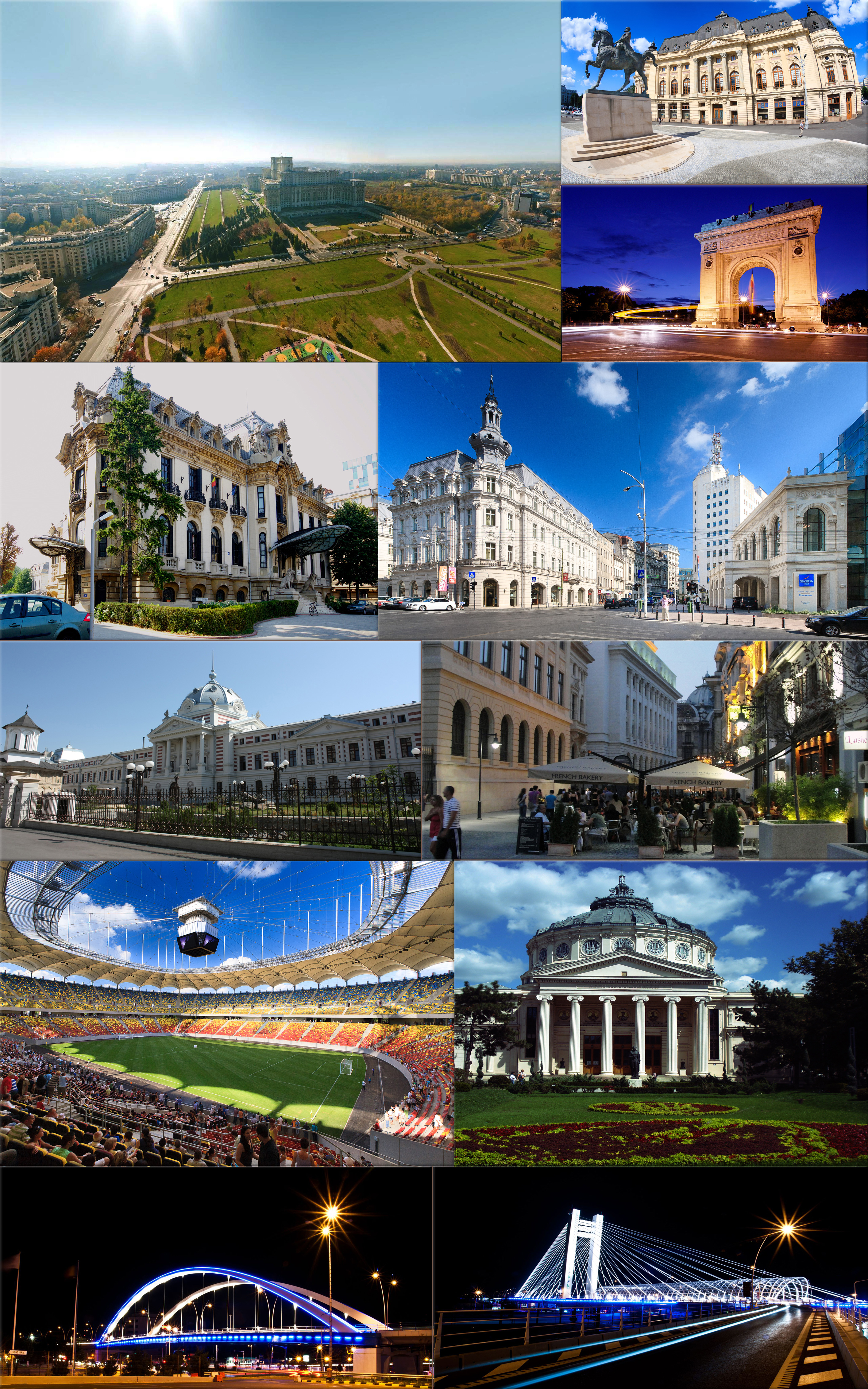
Wallachia and Moldavia are united under Alexander John Cuza as the United Principalities, an autonomous region within the Ottoman Empire, which ushered the birth of the modern Romanian state.
Wikipedia Photo: Bucharest; Palace of the Parliament (Palatul Parlamentului) ● Carol Davila University of Medicine and Pharmacy (Universitatea de Medicină şi Farmacie Carol Davila) ● Triumphal Arch (Arcul de Triumf) ● George Enescu Museum (Muzeul George Enescu) ● Victory Avenue, Bucharest (Calea Victoriei) ● Colţea Hospital (Spitalul Colţea) ● Lipscani ● National Arena (Arena Naţională) ● Romanian Athenaeum (Ateneul Român) ● Grozăveşti Bridge (Podul Grozăveşti) ● Basarab Overpass (Pasajul Basarab).
February 5th, 1869
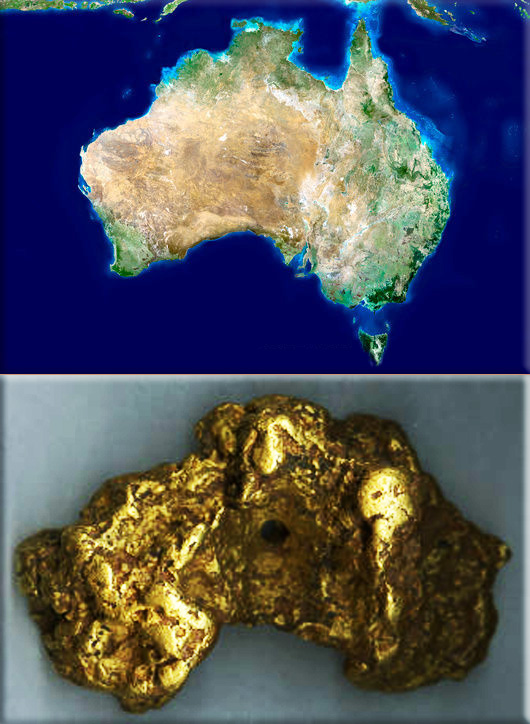
The largest alluvial gold nugget in history, called the "Welcome Stranger", is found in Moliagul, Victoria, Australia.
Wikipedia Image: Austrlian satellite; Whole Earth, satellite image, credit Science Photo Library; Australian Gold Nugget, in the shape of Australia, credit Heritage Coins.
February 5th, 1885
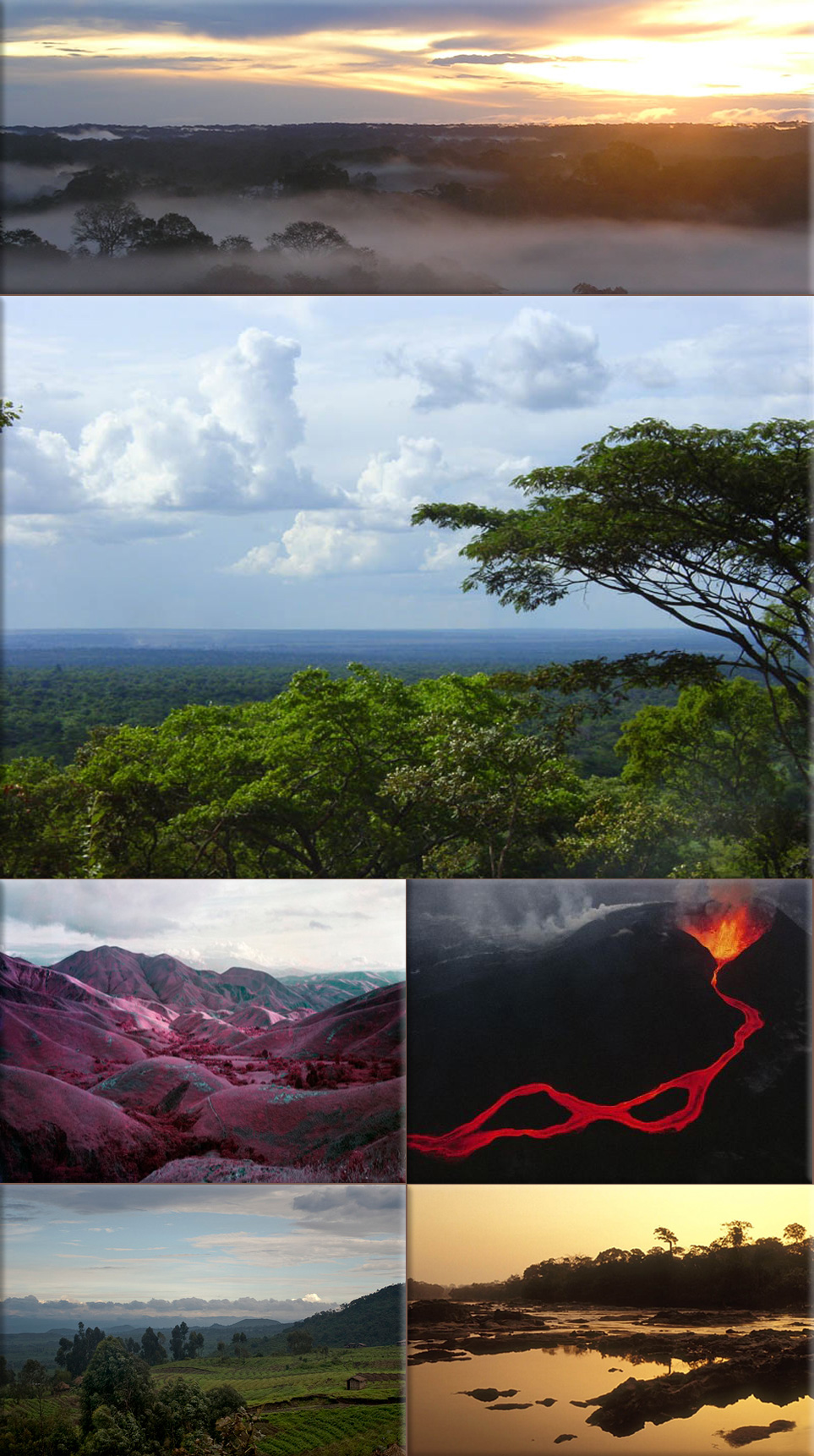
King Leopold II of Belgium establishes the Congo as a personal possession.
Wikipedia Photo: Republic of the Congo is Africa’s most important stronghold for wildlife (Located in the heart of the world’s second-largest rainforest, this 23,500-square-mile landscape encompasses two national parks and the Lac Télé Community Reserve)
February 5th, 1900
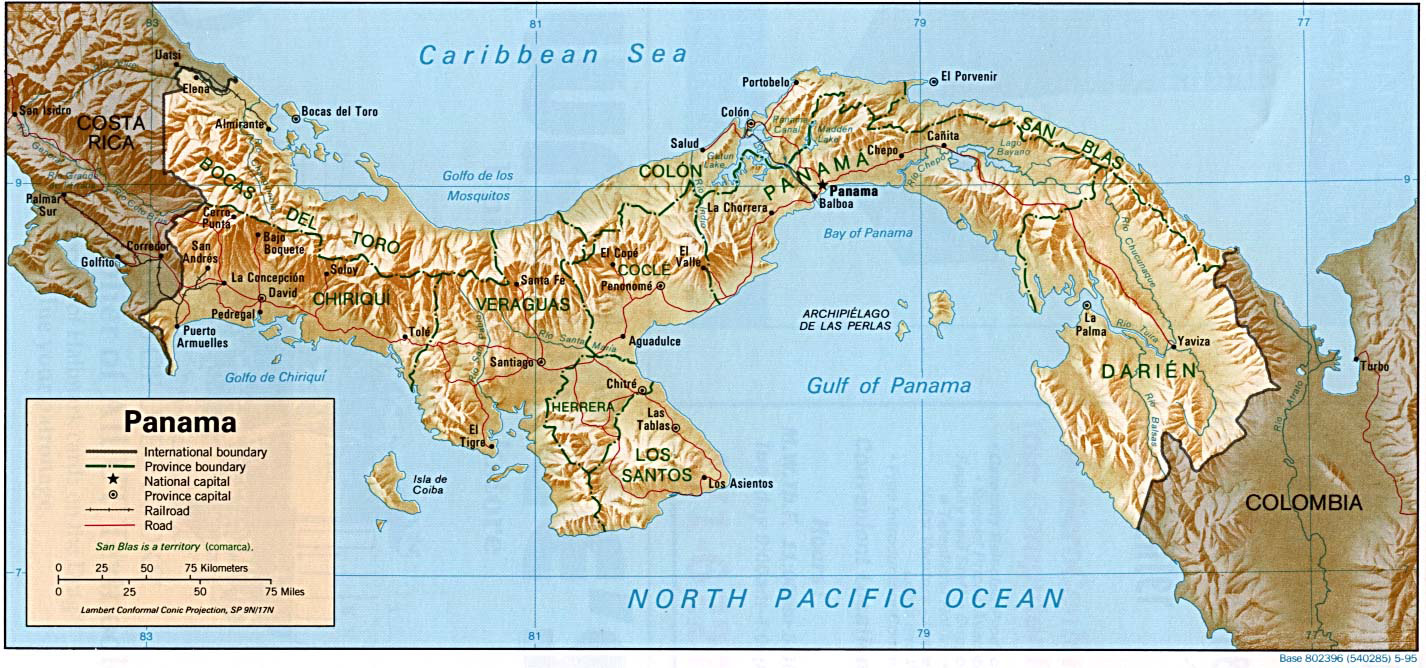
Panama Canal: The United States and the United Kingdom sign a treaty for the Panama Canal.
Wikipedia Map of Panama
February 5th, 1909

Belgian chemist Leo Baekeland announces the creation of Bakelite, the world's first synthetic plastic.
Wikipedia Plastic - Earthrise over plastic oceans.
February 5th, 1913

Pre World War I:
1913 - Greek military aviators Michael Moutoussis and Aristeidis Moraitinis perform the first naval air mission in history, with a Farman MF.7 hydroplane.
World War I:
1917 - Immigration Act of 1917; over President Woodrow Wilson's veto, the Congress of the United States passes the Immigration Act of 1917, which forbade immigration from nearly all of south and southeast Asia.
1918 - First aerial victory by the U.S. military; Stephen W. Thompson shoots down a German airplane.
1918 - SS Tuscania (1914) is torpedoed off the coast of Ireland; it is the first ship carrying American troops to Europe to be torpedoed and sunk.
Wikipedia Photo: Trenches on the Western Front; a British Mark IV Tank crossing a trench; Royal Navy battleship HMS Irresistible sinking after striking a mine at the Battle of the Dardanelles; a Vickers machine gun crew with gas masks, and German Albatros D.III biplanes. National Archives and Records Administration.
February 5th, 1919
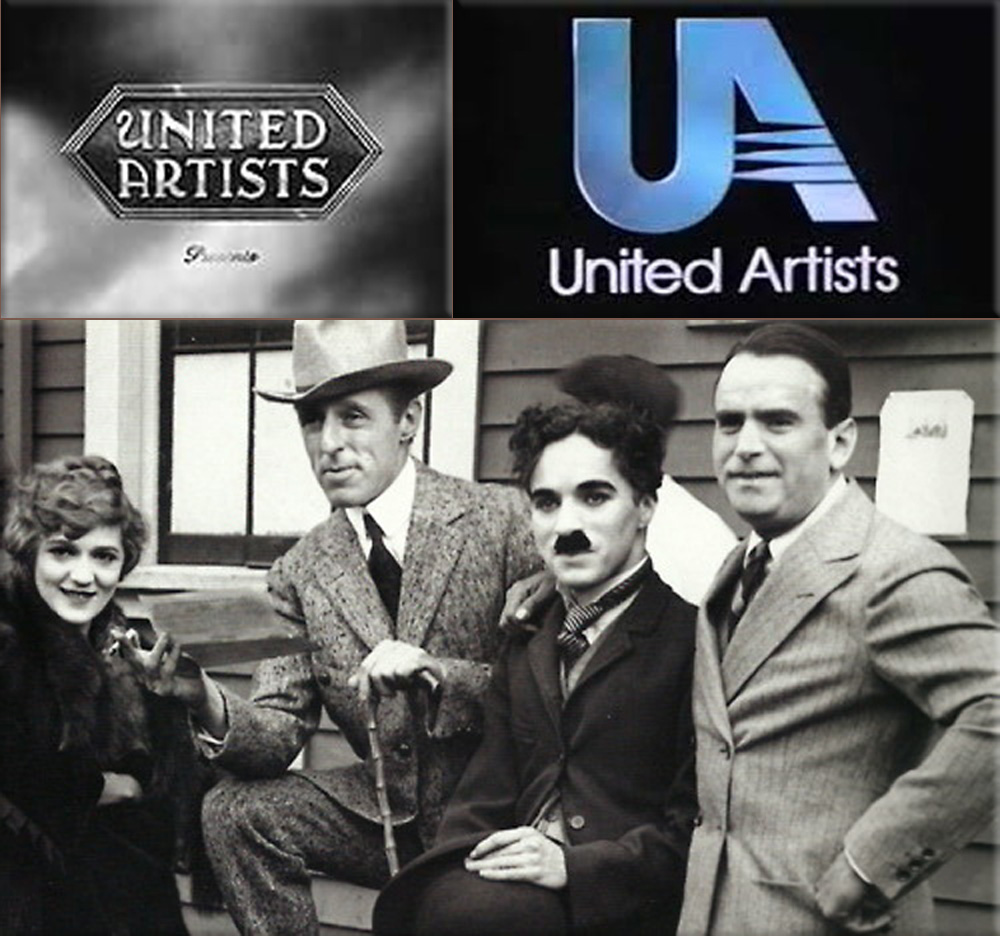
Charlie Chaplin, Mary Pickford, Douglas Fairbanks and D.W. Griffith launch United Artists.
Wikipedia Image: United Artists logos; Mary Pickford, D.W. Griffith, Charlie Chaplin and Douglas Fairbanks.
February 5th, 1924
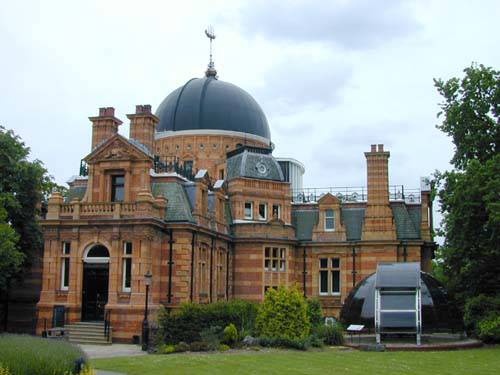
Royal Greenwich Observatory: begins broadcasting the hourly time signals known as the Greenwich Time Signal or the "BBC pips".
Wikipedia Photo: Royal Greenwich Observatory
February 5th, 1937
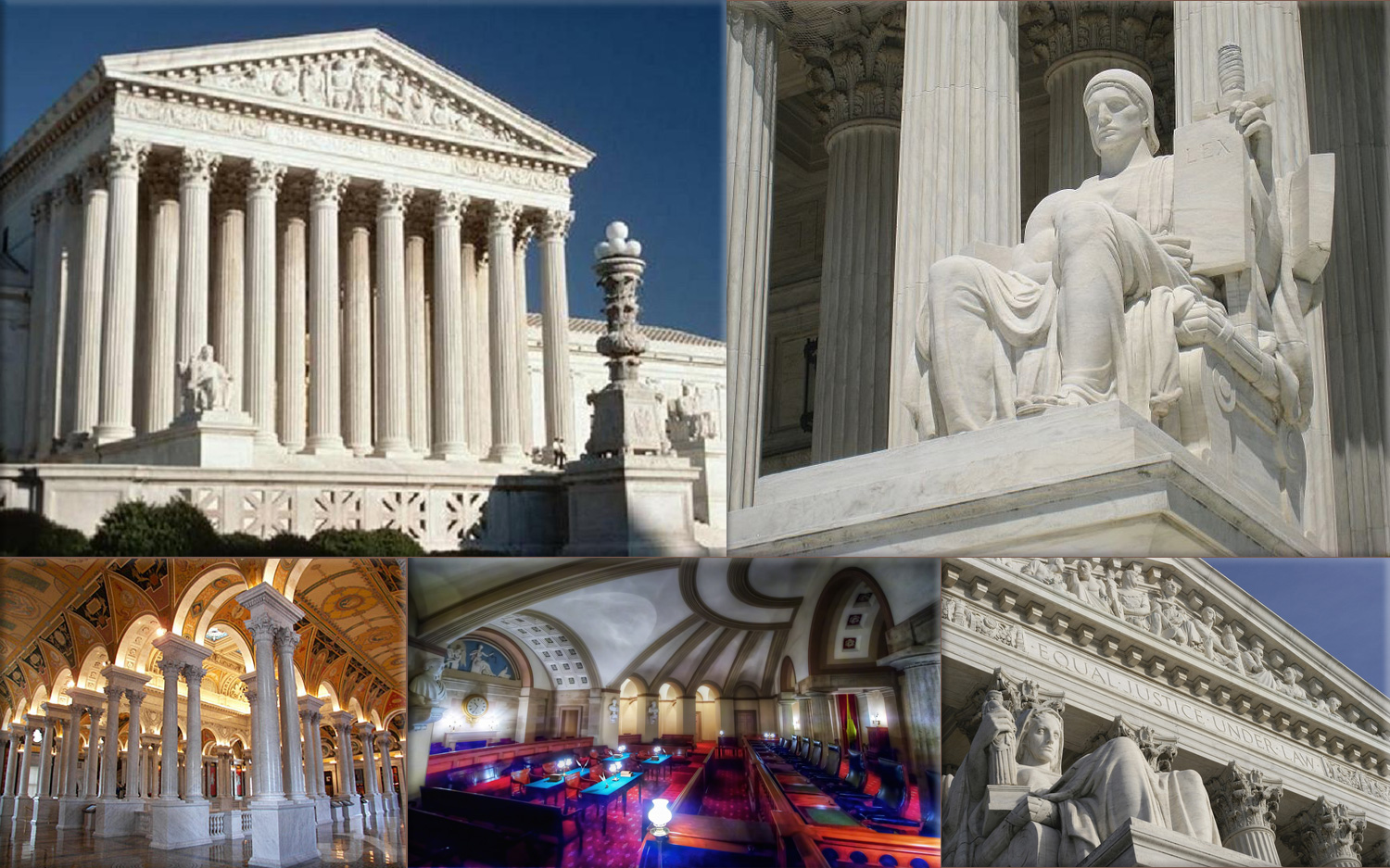
President Franklin D. Roosevelt proposes a plan to enlarge the Supreme Court of the United States.
Wikipedia Photo: United States Supreme Court building; Guardian of Law, by James Earle Fraser, US Supreme Court, Washington, DC, USA.
February 5th, 1939
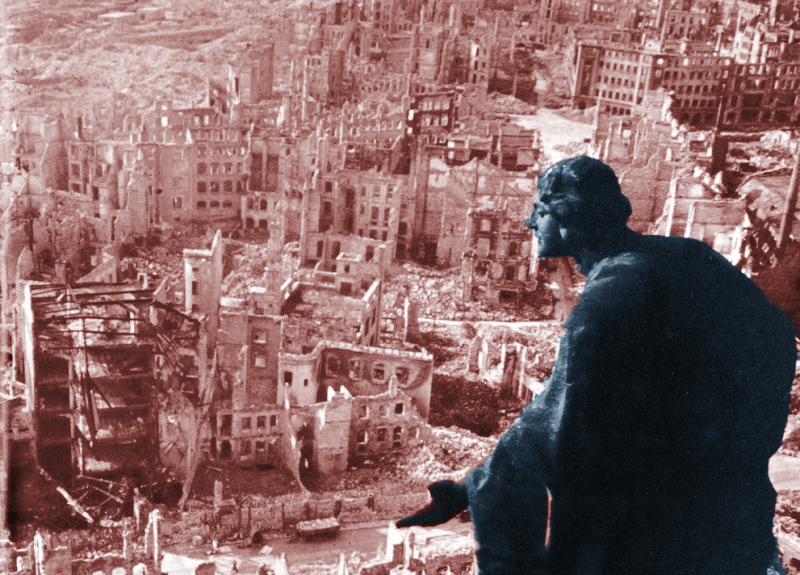

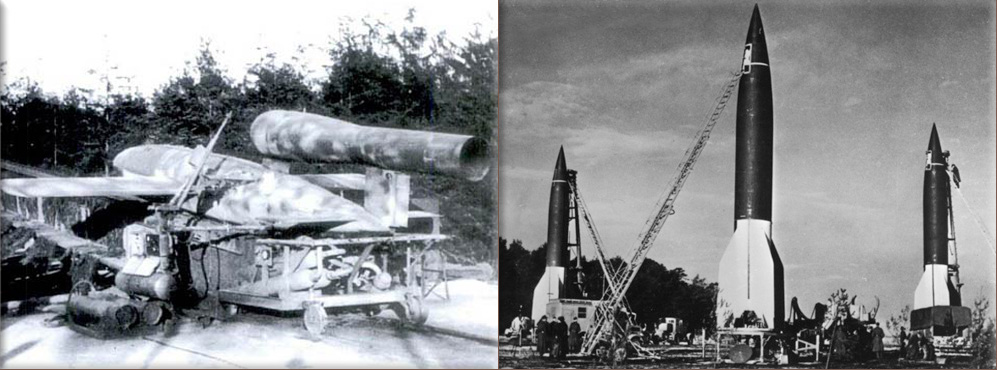
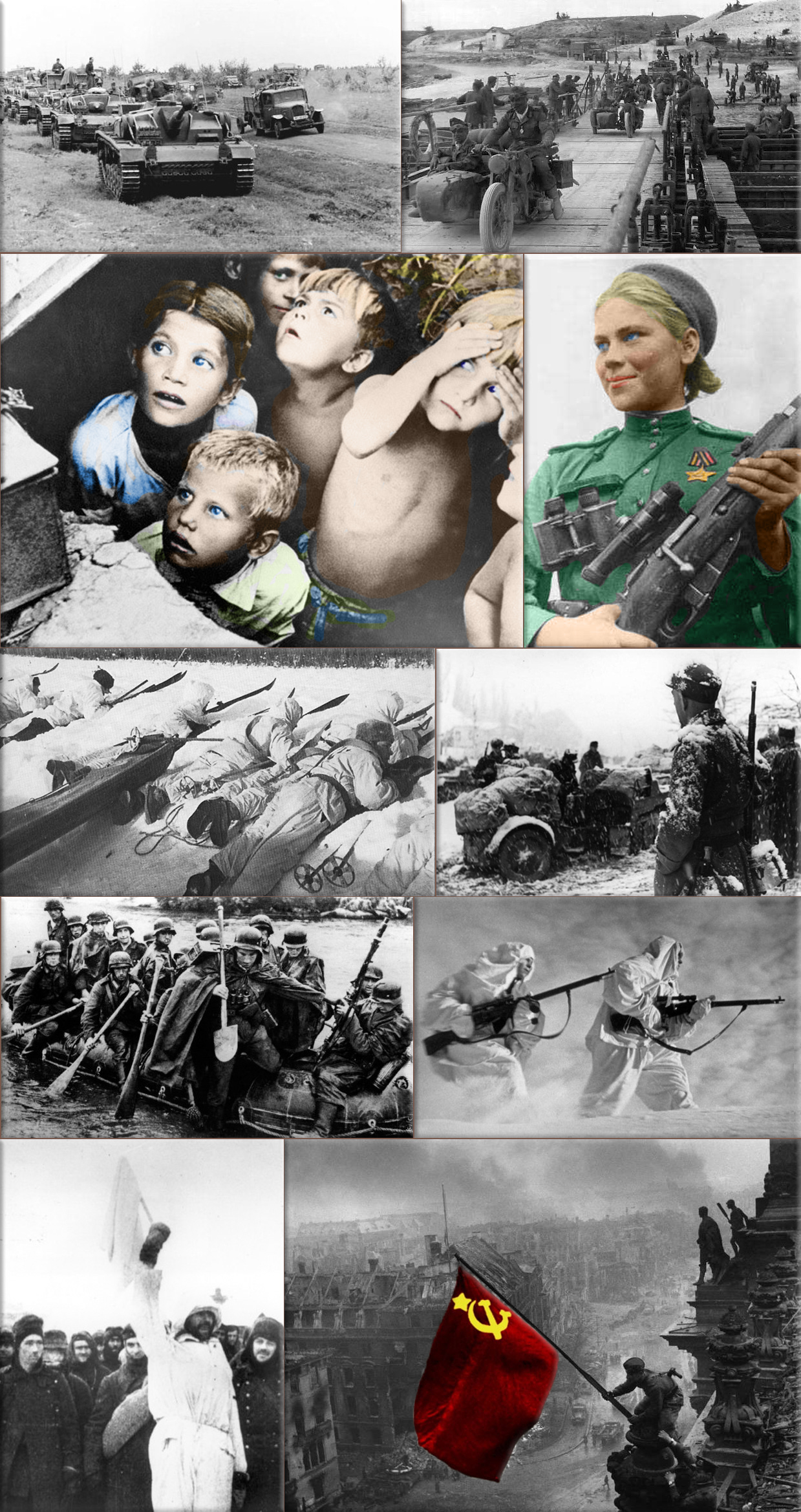
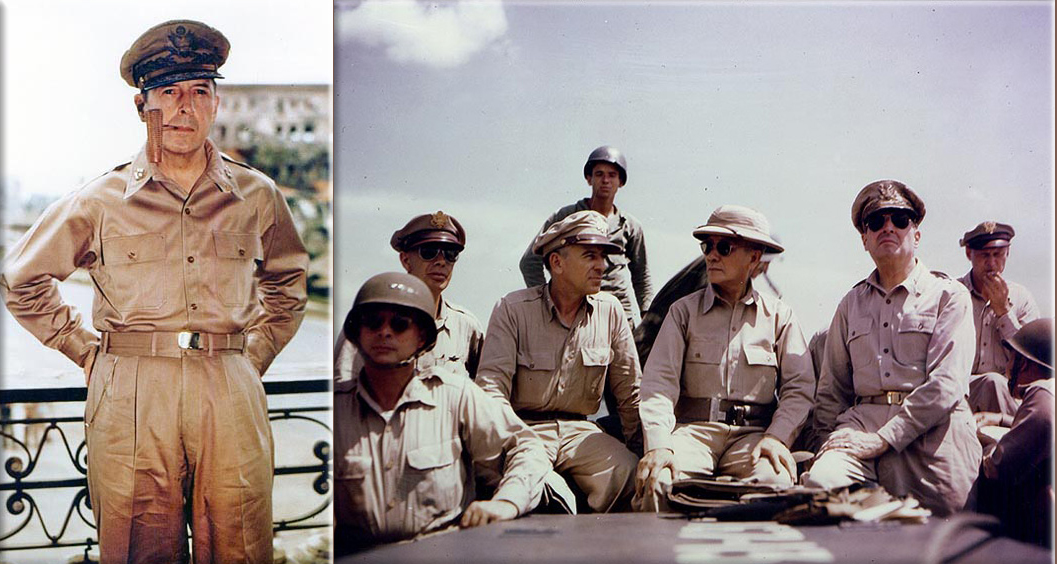
Pre World War II:
1939 - Generalísimo Francisco Franco becomes the 68th "Caudillo de España", or Leader of Spain.
World War II:
1941 - Battle of Keren; Allied forces begin the capture of Keren, Eritrea.
1945 - General Douglas MacArthur returns to Manila.
Post World War II:
1946 - The Chondoist Chongu Party is founded in North Korea.
Wikipedia Photo: Bombing of Dresden in World War II; August Schreitmüller's sculpture 'Goodness' surveys Dresden after a firestorm started by Allied bombers in 1945.
USS Bunker Hill was hit by kamikazes piloted by Ensign Kiyoshi Ogawa and another airman on 11 May 1945. 389 personnel were killed or missing from a crew of 2,600; Ensign Kiyoshi Ogawa, who flew his aircraft into the USS Bunker Hill during a Kamikaze mission on 11 May 1945; Kamikaze Missions - Lt Yoshinori Yamaguchi's Yokosuka D4Y3 (Type 33 Suisei) "Judy" in a suicide dive against USS Essex. The dive brakes are extended and the non-self-sealing port wing tank is trailing fuel vapor and/or smoke 25 November 1944.
German V1 flying-bomb and V2 Rockets - Preparations for a Salvo Launch of V-2 Rockets in the Heidelager near Blizna (Poland) (1944), credit German History in Documents and Images GHDI.
Eastern Front (World War II); Germans race towards Stalingrad. August 1942; Soviet children during a German air raid in the first days of the war, June 1941, by RIA Novosti archive; Soviet sniper Roza Shanina in 1944. About 400,000 Soviet women served in front-line duty units Caucasus Mountains, winter 1942/43; Finnish ski patrol: the invisible enemy of the Soviet Army with an unlimited supply of skis; Men of the German Engineers Corps cross a river which is swollen after the first autumn rains, to strengthen bridges linking the German positions on the central front in Russia. by Keystone / Getty Images. October 1942; Russian snipers fighting on the Leningrad front during a blizzard. Photo by Hulton Archive / Getty Images, 1943; German soldiers surrendering to the Russians in Stalingrad, the soldier holding the white flag of surrender is dressed in white so that there could be no doubt of his intentions, a Russian soldier is on the right of the photograph. by Keystone / Getty Images, January 1943;
Invasion of Leyte, October 1944 - General Douglas MacArthur (right) and Philippine President Sergio Osmeña (center) on board a landing craft en route to the Leyte landing beaches, October 20-23, 1944. credit History.navy.mil
February 5th, 1958
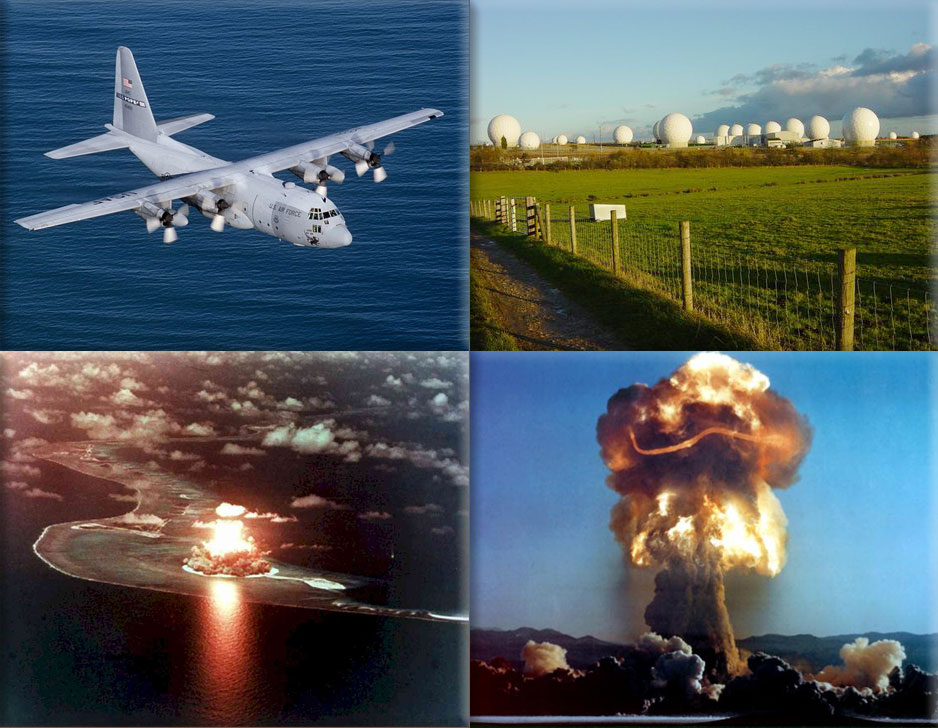
Cold War:
1958 - A hydrogen bomb known as the Tybee Bomb is lost by the United States Air Force off the coast of Savannah, Georgia, never to be recovered.
Wikipedia Photo: Lockheed C-130 Hercules; RAF Menwith Hill, a large site in the United Kingdom, part of ECHELON and the UKUSA Agreement; New Zealand nuclear test, British nuclear tests near the Malden and Christmas Islands in the mid-Pacific in 1957 and 1958; Nevada nuclear tests, Nevada Division of Environmental Protection Bureau of Federal Facilities.
February 5th, 1971
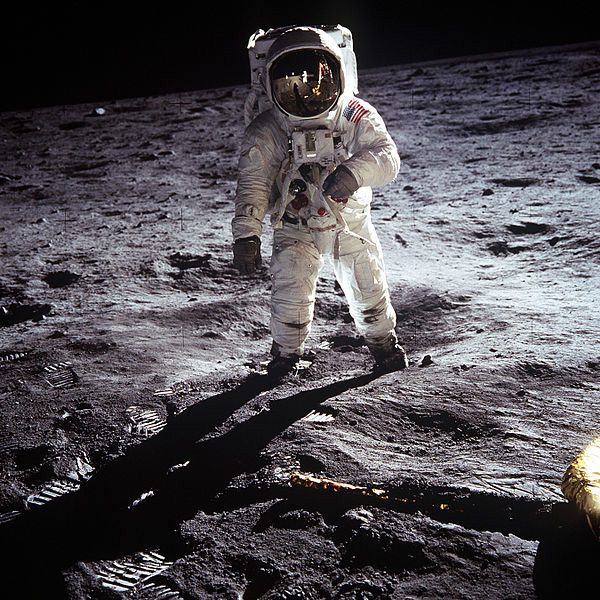

Apollo Program: Apollo 14; Astronauts Alan Shepard, Stuart Roosa and Edgar Mitchell land on the Moon.
Wikipedia Photo: Apollo Program: Apollo 11 first manned Moon landing and the first walk on the surface on the moon. Astronaut Buzz Aldrin walks on the surface of the moon near the leg of the lunar module Eagle. Apollo 11 Commander Neil Armstrong took this photograph with a 70mm lunar surface camera. Armstrong and Aldrin explored the Sea of Tranquility for two and a half hours while crewmate Michael Collins orbited above in the command module Columbia.
The Blue Marble is a famous photograph of the Earth, taken on December 7, 1972, by the crew of the Apollo 17 spacecraft, at a distance of about 45,000 kilometres (28,000 mi).
February 5th, 1988
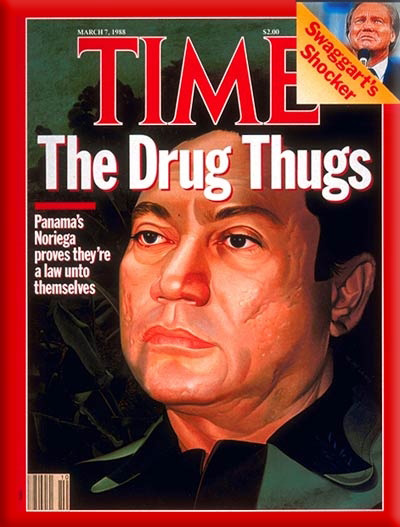
Manuel Noriega is indicted on drug smuggling and money laundering charges.
Wikipedia Image: TIME Magazine Cover: Manuel Noriega
February 5th, 1997
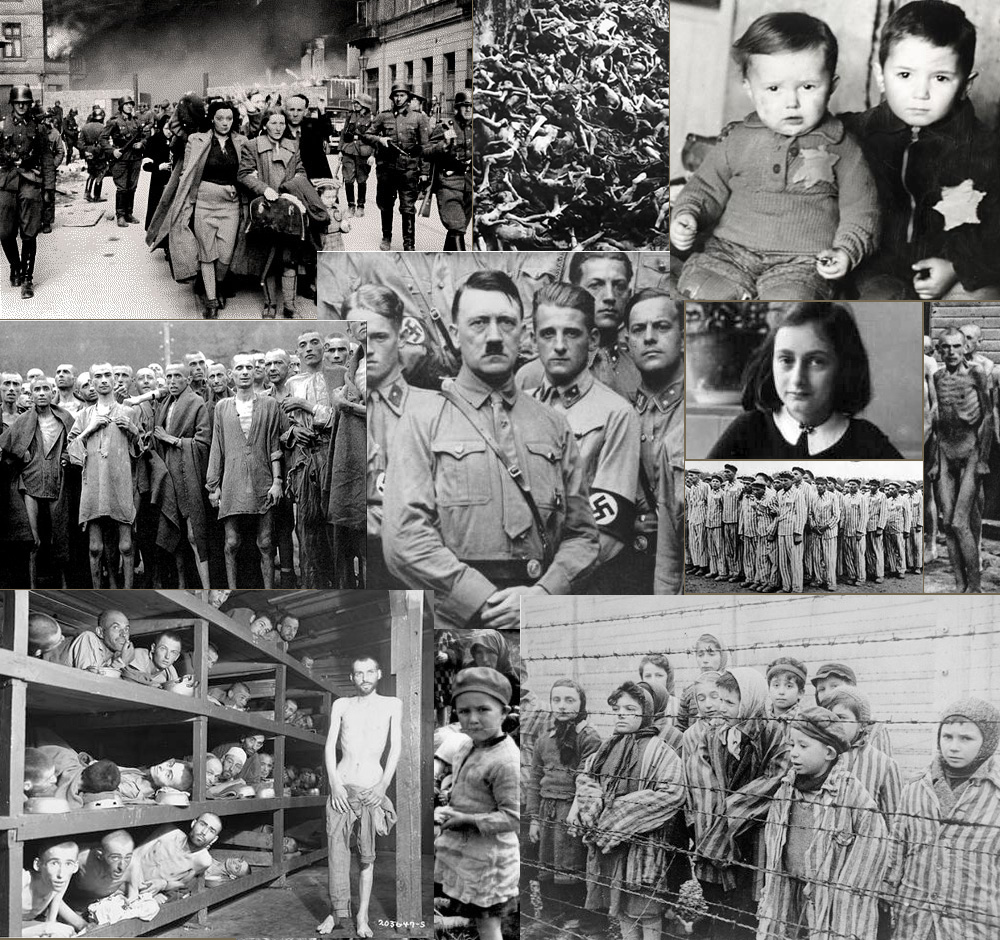
World War II: Holocaust;
1997 - The so-called Big Three banks in Switzerland announce the creation of a $71 million fund to aid Holocaust survivors and their families.
Wikipedia Photo: World War II, The Holocaust. Sources: United States Holocaust Memorial Museum USHMM, History 1900s, Internet Masters of Education Technology IMET, Techno Friends, Veterans Today, Concern.
February 5th, 2000
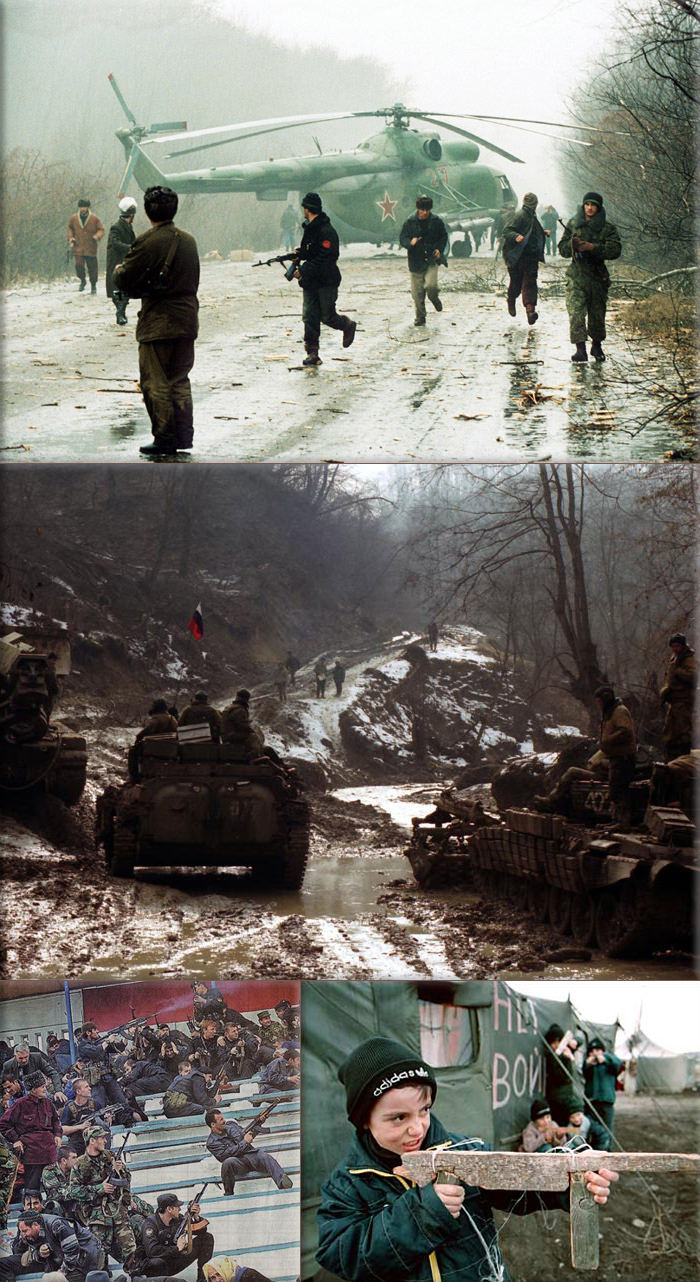
Chechen War:
Novye Aldi massacre; Russian forces massacre at least 60 civilians in the Novye Aldi suburb of Grozny, Chechnya.
Wikipedia Photo: Chechen_War: War in Chechnya, was a conflict between the Russian Federation and the Chechen Republic of Ichkeria (Chechen guerrilla warfare and raids on the flatlands vs Russia's overwhelming manpower, weaponry, and air support); Russian Mil Mi-8 helicopter brought down by Chechen fighters near the capital Grozny in 1994; Second Battle of Grozny; Battle of Grozny, Russian federal forces attempted to seize control of the mountainous area of Chechnya but were set back by Chechen guerrilla warfare and raids; Chechen little boy with makeshift wooden rifle.
February 5th, 2008
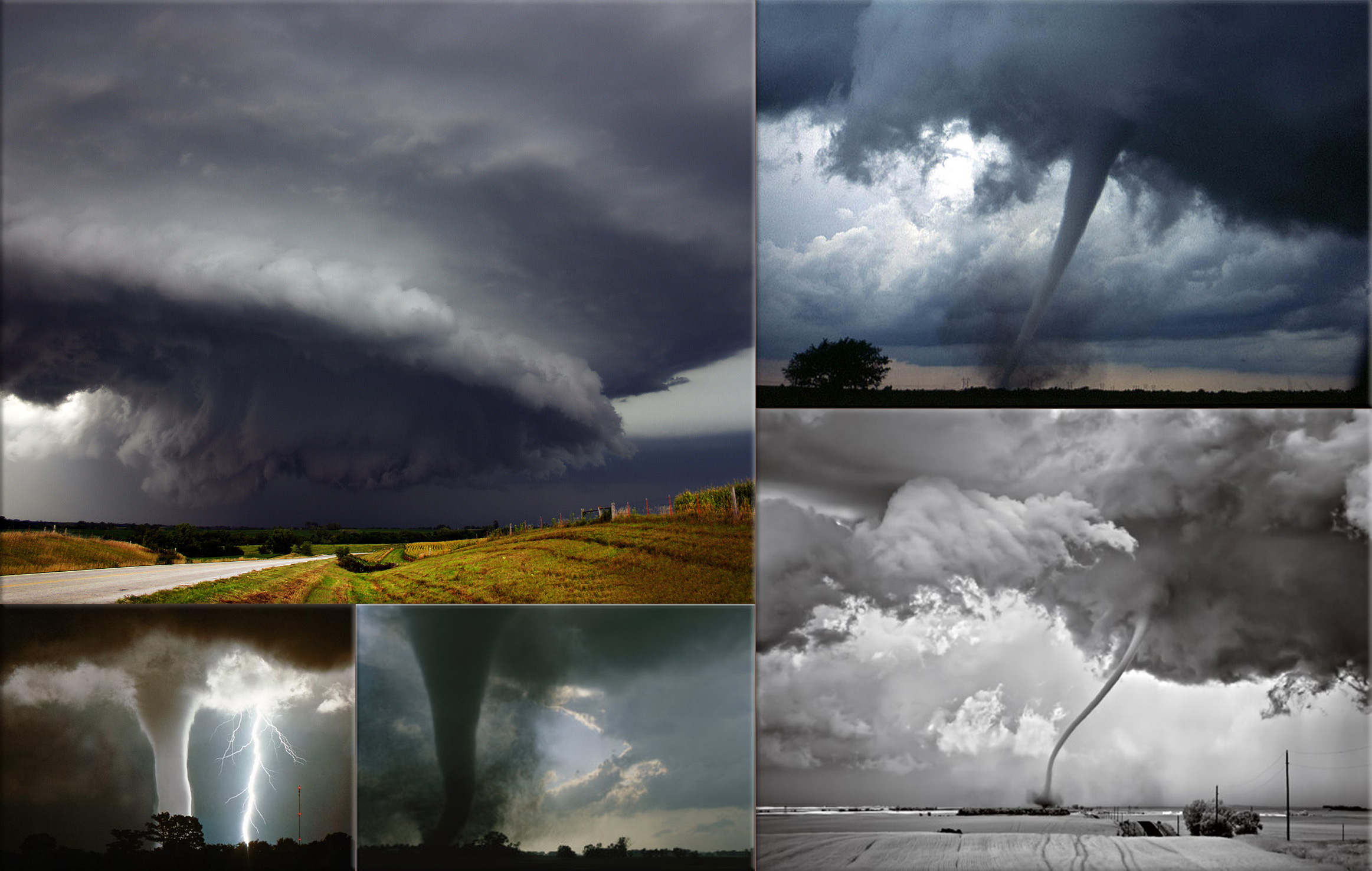
Tornadoes:
2008 - Super Tuesday tornado outbreak: A major tornado outbreak across the Southern United States leaves 57 dead, the most since the May 31, 1985 outbreak.
Wikipedia Photo: Weather Front System; Tornado near Anadarko, Oklahoma; North Dakota Tornado; F3 Category Tornado Swirls Across A South Dakota Prairie by Carsten Peter; A waterspout parallels a lightning strike over Lake Okeechobee in Florida, by Fred K. Smith, National Geographics, Extream Instability.
